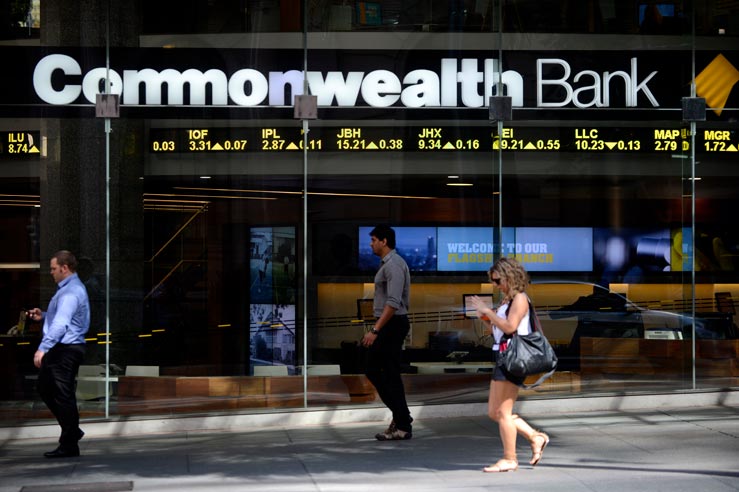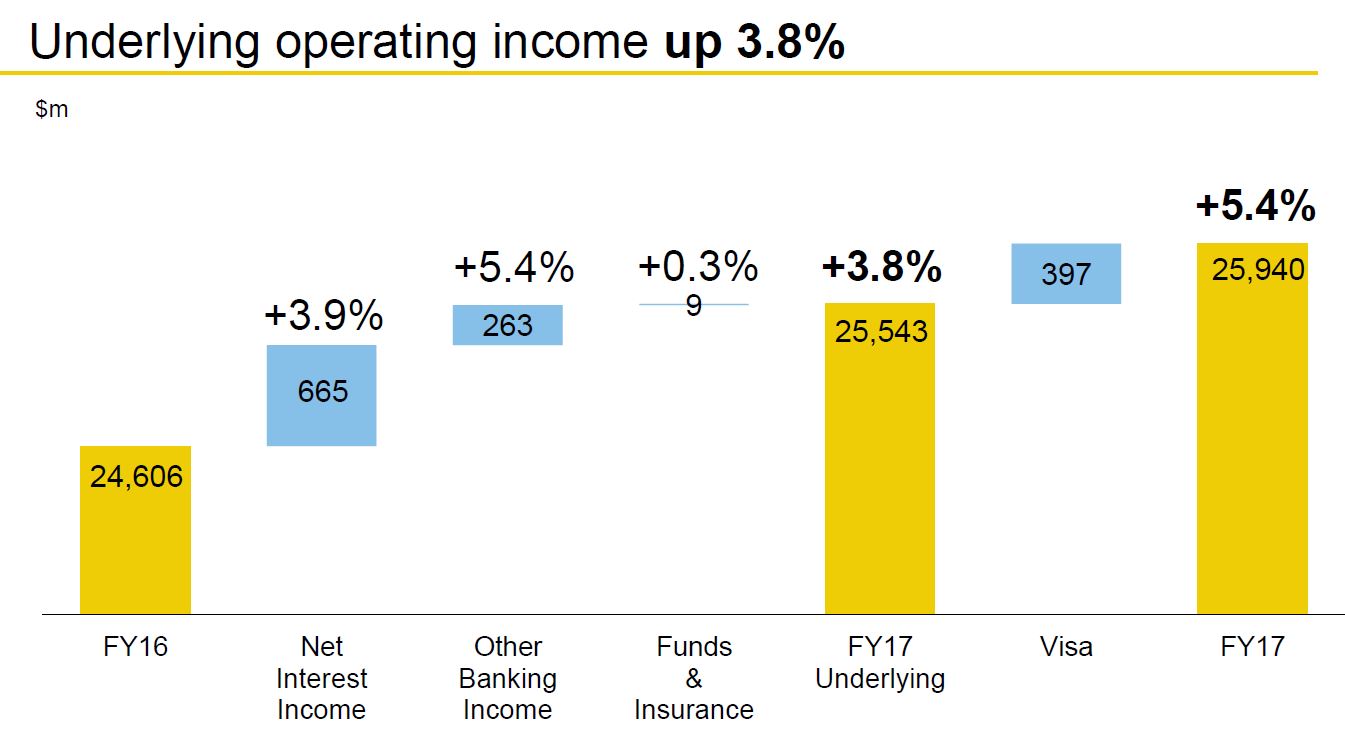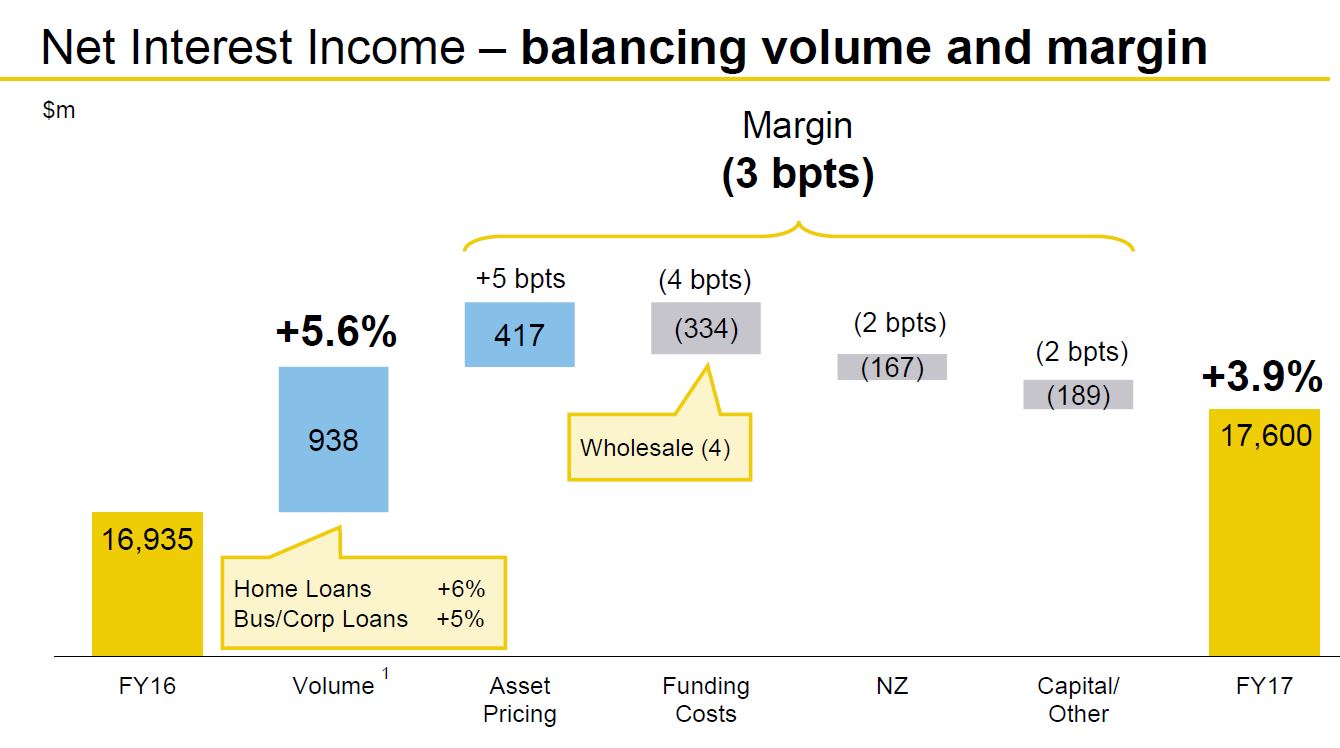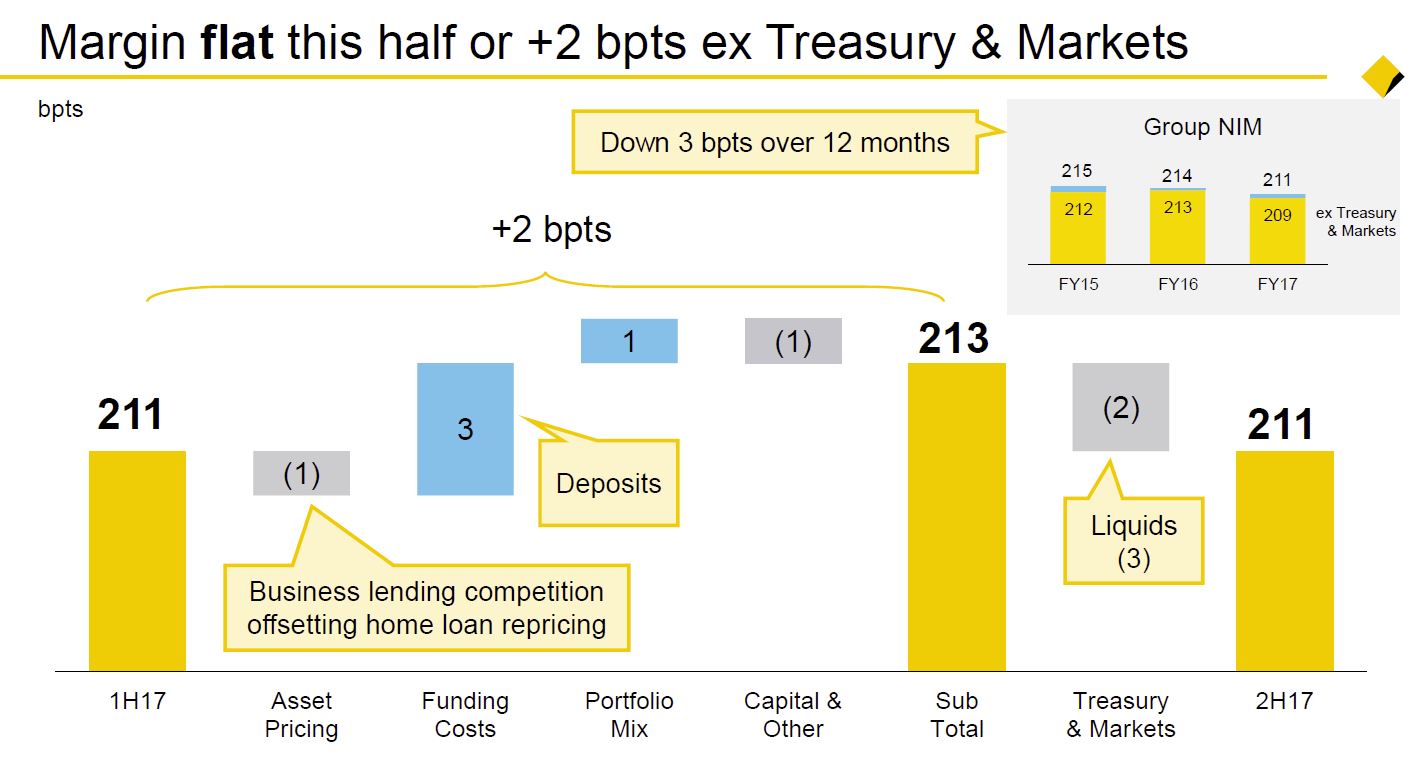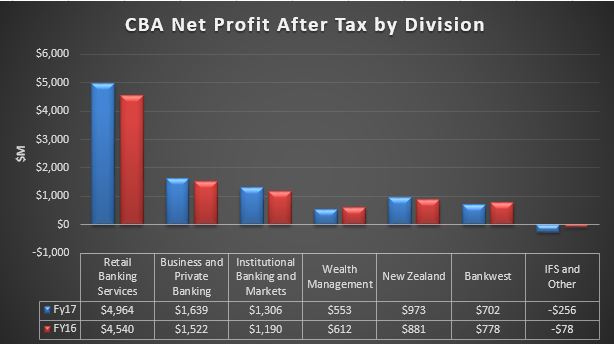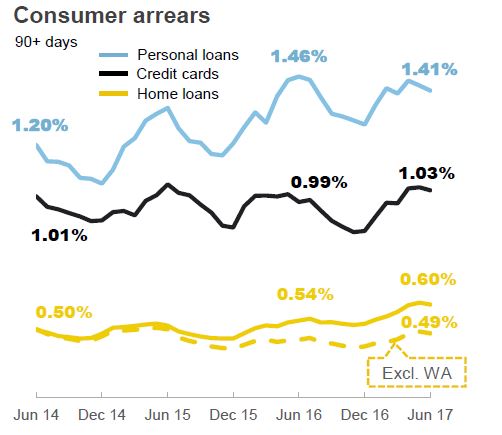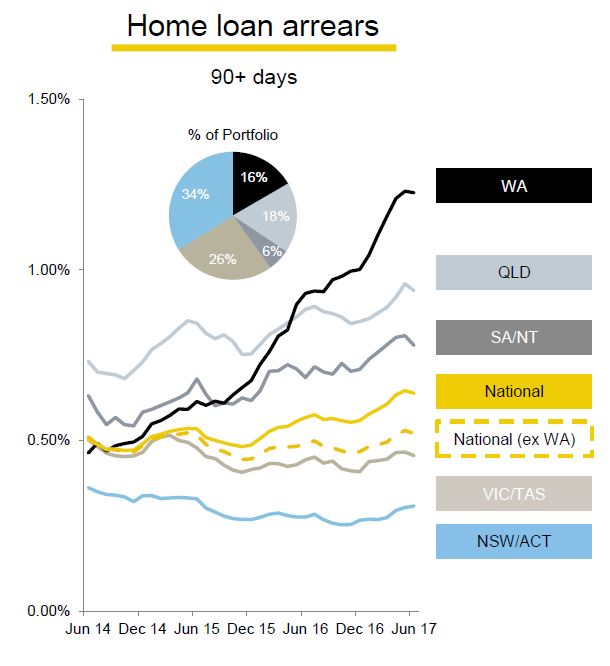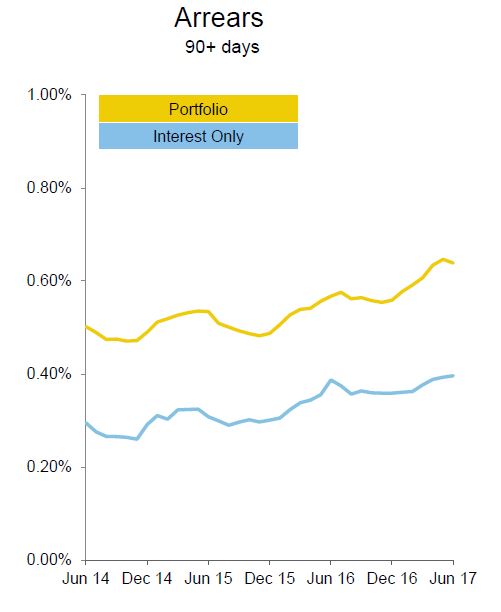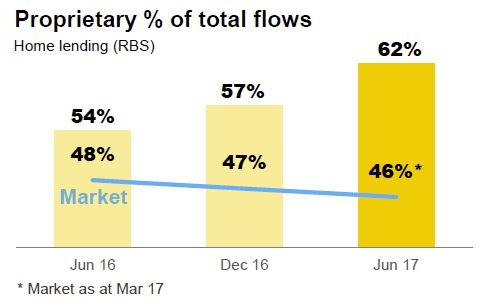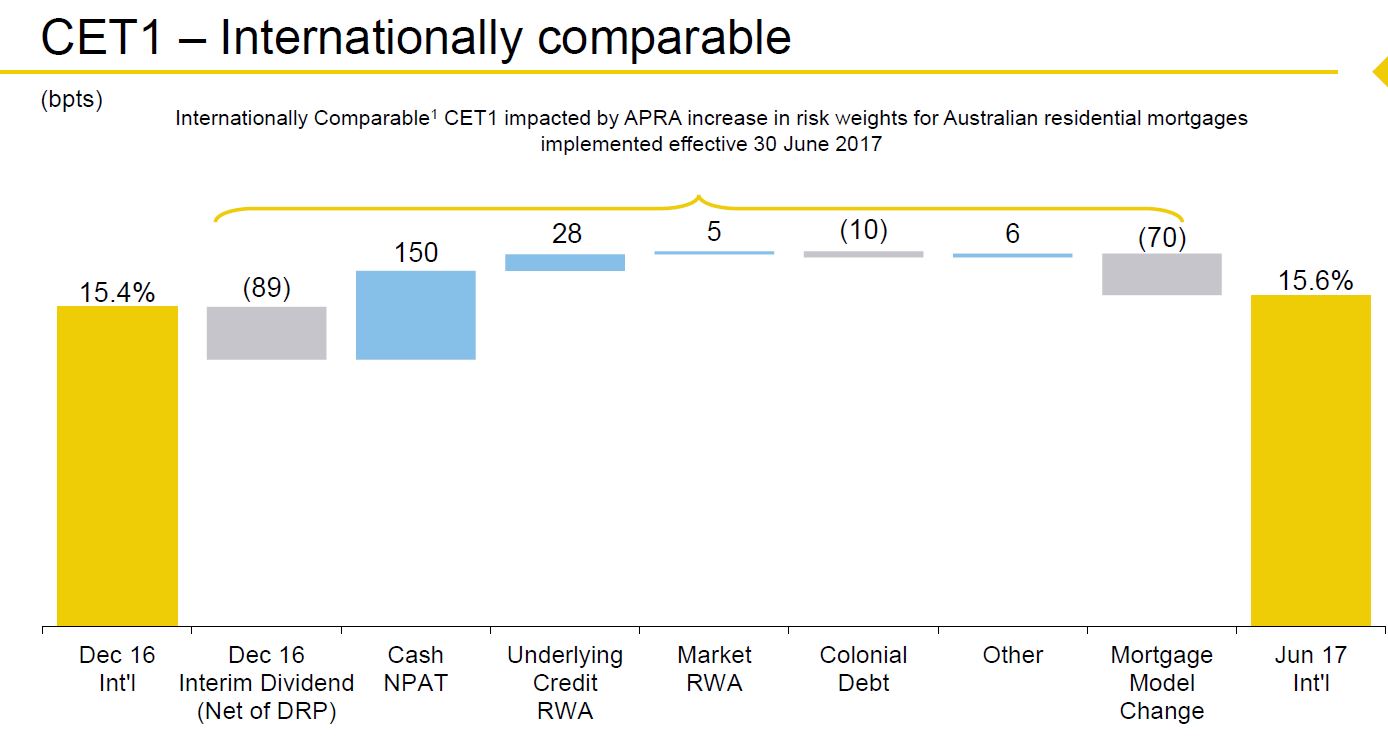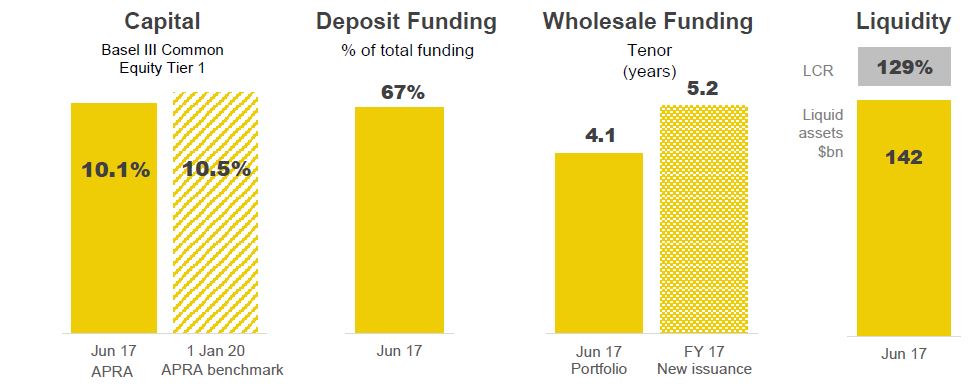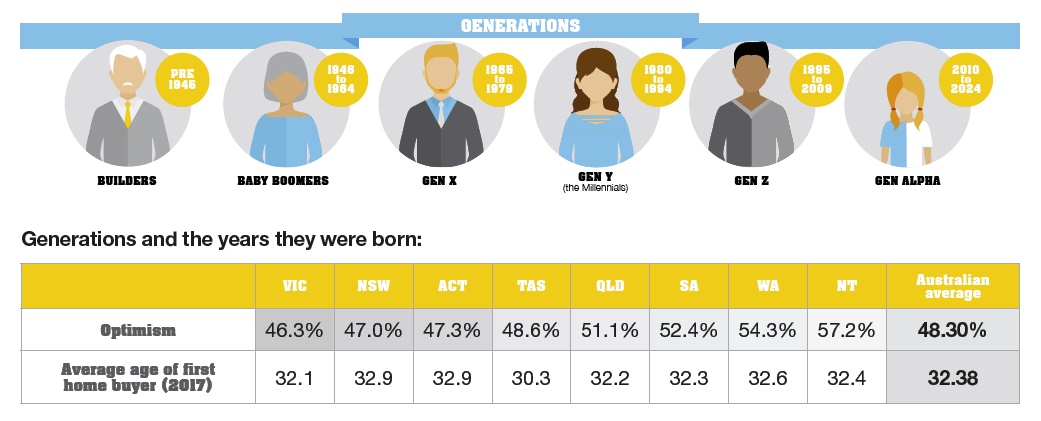Ian Narev, will retire by the end of the 2018 financial year it has been announced.
The Chairman of the Commonwealth Bank of Australia, Catherine Livingstone AO, said today that the Board had decided to provide details of its planned Chief Executive succession process to ensure the market is fully informed and to provide certainty for the business.
Managing Director and Chief Executive Officer, Ian Narev, will retire by the end of the 2018 financial year, with the exact timing dependent on the outcome of an ongoing comprehensive internal and external search process.
Succession planning is an ongoing process at all levels of the Bank. In discussions with Ian we have also agreed it is important for the business that we deal with the speculation and questions about his tenure. Today’s statement provides that clarity and will ensure he can continue to focus, as CEO, on successfully managing the business.
Separately, ASIC said the Commonwealth Bank (CommBank) will refund over 65,000 customers approximately $10 million, after selling them unsuitable consumer credit insurance (CCI).
CCI is a type of add-on insurance, sold with credit cards, personal loans, home loans and car loans. It is promoted to borrowers to help them meet their repayments if they become sick, injured or involuntarily unemployed.
CommBank sold ‘CreditCard Plus’, insurance for credit card repayments, to 65,000 customers who were unlikely to meet the employment criteria and would be unable to claim the insurance.
CommBank is also refunding approximately $586,000 in premiums to around 10,000 customers after it over-insured these customers for Home Loan Protection CCI taken out with a Commonwealth Bank home loan, resulting in the over-charging of premiums.
ASIC Deputy Chair Peter Kell said it was unacceptable that customers were sold insurance that did not meet their needs. ‘One of ASIC’s priorities is addressing poor consumer outcomes associated with add-on insurance, including CCI. Consumers should not be sold products that provide little or no benefit, and banks should have processes in place that ensure this.’
CommBank and CommInsure identified and reported this issue to ASIC.
CommBank will be contacting eligible ‘CreditCard Plus’ customers shortly.
Background
CreditCard Plus
CommBank will remediate customers who were sold ‘CreditCard Plus’ between 2011 and 2015 who were either:
- unemployed; or
- students.
They were therefore not eligible to claim for unemployment or temporary and permanent disability cover provided by the CCI. The vast majority of customers were students with lower credit card limits.
Home Loan Protection
Between 2007 and 2015 CommBank did not adjust the amount of cover under the CCI policy where the amount the customer borrowed was less than the original loan amount they applied for.
In charging these customers premiums based on the loan amount applied for rather than the amount that was actually borrowed, CommBank charged these customers for more cover than they needed under the policy. In some cases, cover was also provided and paid for before a loan was drawn down. CommBank will continue its review to ensure all affected customers are identified and remediated.

